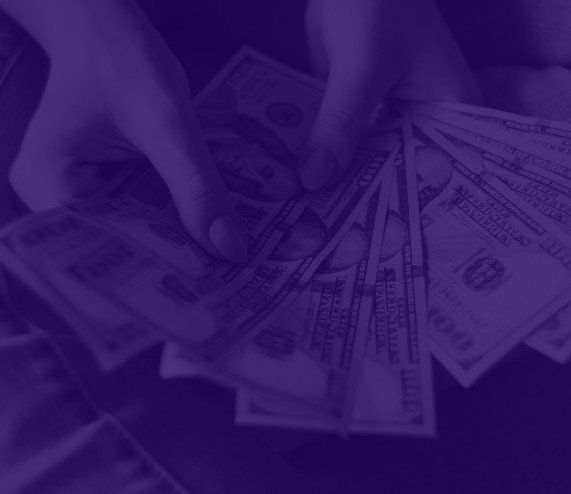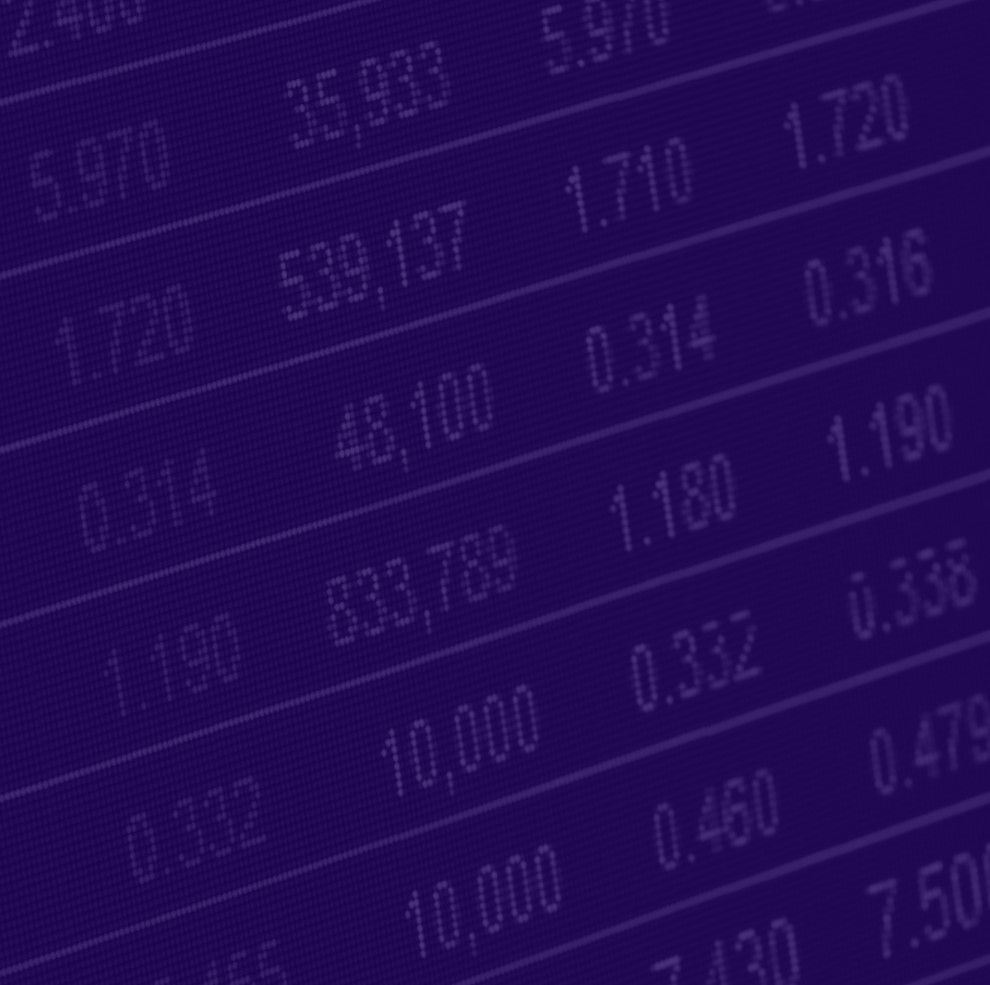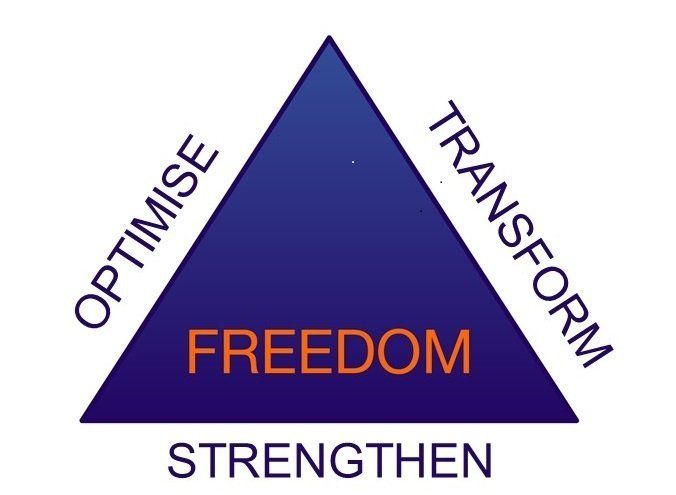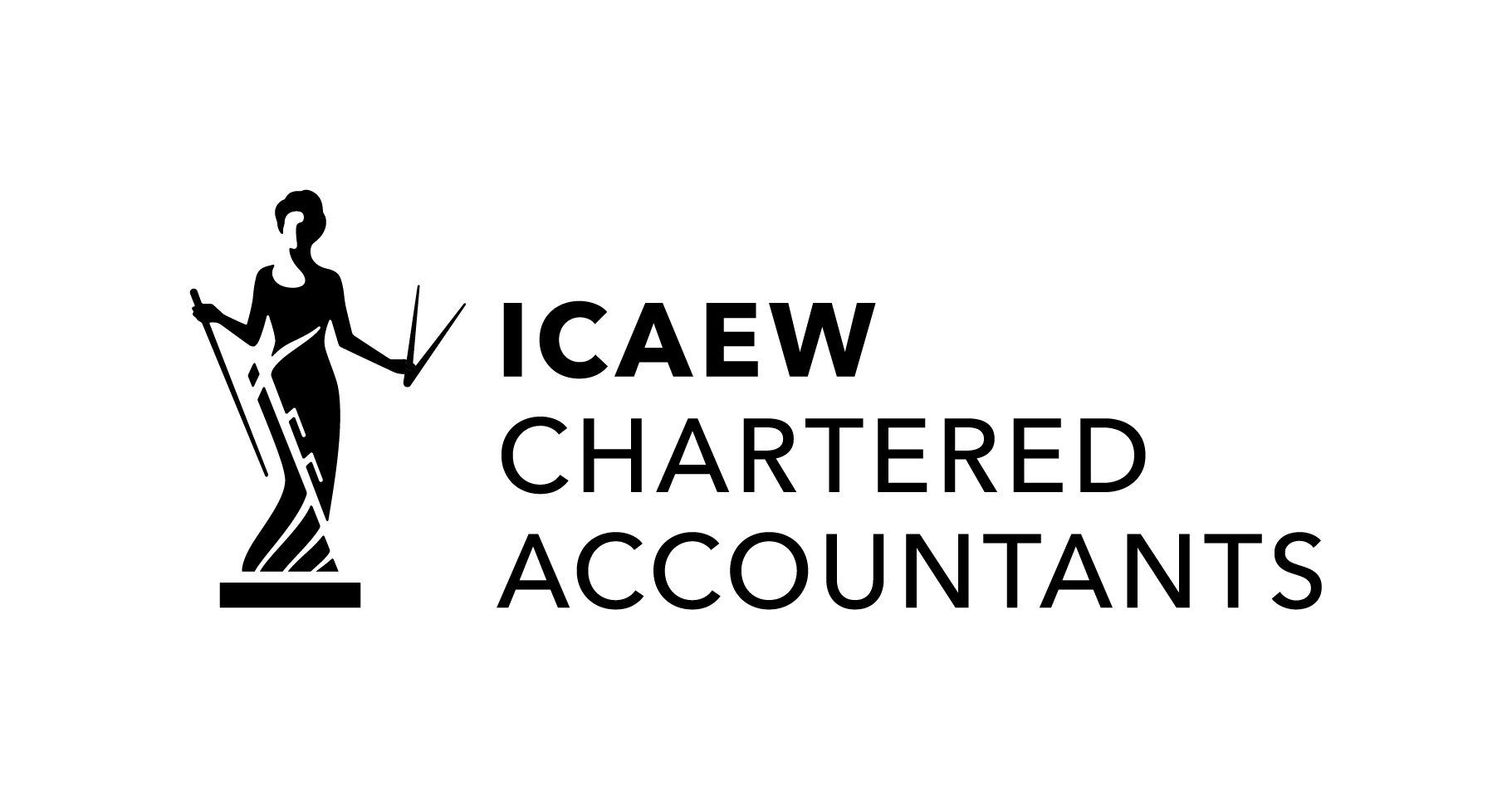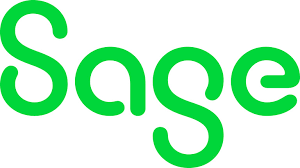Blog
Is it really greener to work from home?
The green credentials of working from home are not always as clear cut as they seem
Full or part time working from home is now the norm.
Since the start of the COVID-19 pandemic, remote working has become a widespread norm among many businesses and is continuing today. Whilst this change is seen as beneficial to the environment, the answer may not be so clear cut.
The most often quoted reason that working from home is better is the question of reduced commuting travel but there are many more things to consider when looking to balance the pros and cons and these will vary with every business. There is no one size fits all answer.
Whilst remote working removes a company’s contribution to climate change from travel emissions, Wood and Disney realised that working at home might actually raise the carbon footprint of their employees, due to the greater use of electricity and gas compared to when their homes are empty all day. The average British home is often poorer in terms of energy efficiency compared to what has been achieved at their office. The majority of household CO2 emissions come from heating (including generating hot water). In 2017, the average household generated 2,745 kg of CO2 emissions from heating (Energy Catapult Analysis). In comparison, in the UK, average CO2 emissions per car are 141.8 grams per km (or 228.2 grams per mile), according to latest 2018 data from the Department for Transport.
So we need to consider both the distance from the office that employees work for which homeworking offers CO2 savings, compared to the additional heating and lighting CO2 generation from working from home taking into account the energy efficiency of the office.
CO2 savings are not as simple as just cutting the emissions from commuting
A big decider in the question of whether it is really greener to work from home or the office is the carbon footprint of the employer and their processes. Wood and Disney are interested in becoming carbon neutral, particularly in light of COP26, although they have been on a journey to reduce their impact on the environment for a number of years. They moved from draughty old offices to a modern energy efficient one in 2003, and took on a paperless office system as a result of having less nooks and crannies to hide their paper files. Within two years they were saving 90% of their paper cost and had given up a warehouse previously full of old files. They have since moved all of their systems into the cloud and even their tax returns and accounts are digitally approved rather than having signed documents. Obviously, this has worked to their advantage during the various lockdowns because their accounts and tax teams have simply taken their laptops home and carried on working safe in the knowledge that their clients’ data remains secure (they are ISO 27001 certified but that’s another subject).
Wood and Disney have invested heavily in cutting their carbon footprint.
A big decider in the question of whether it is really greener to work from home or the office is the carbon footprint of the employer and their processes. Wood and Disney are interested in becoming carbon neutral, particularly in light of COP26, although they have been on a journey to reduce their impact on the environment for a number of years. They moved from draughty old offices to a modern energy efficient one in 2003, and took on a paperless office system as a result of having less nooks and crannies to hide their paper files. Within two years they were saving 90% of their paper cost and had given up a warehouse previously full of old files. They have since moved all of their systems into the cloud and even their tax returns and accounts are digitally approved rather than having signed documents. Obviously, this has worked to their advantage during the various lockdowns because their accounts and tax teams have simply taken their laptops home and carried on working safe in the knowledge that their clients’ data remains secure (they are ISO 27001 certified but that’s another subject).
Wood and Disney's investment in technology would allow them to remain completely virtual if they chose to do so, but they haven’t for a variety of reasons and not solely based upon environmental considerations. They have decided instead to adopt a 50:50 policy and encourage their team back into the office.
For a company pushing to become carbon neutral, this change may be considered negative on the surface due to the emissions produced by employees commuting to work but as I said above there is no clear-cut answer.
In making their decision they took into account the carbon footprint of their offices reduced by the many alterations made by their landlord to their office building:
- All existing lights in their offices, communal spaces and outdoor areas have been switched to LED.
- Within the office, 50mm of insulation was added over ceiling tiles and 200mm of additional loft insulation was installed.
- The day clocks for immersion heaters were updated to 7-day models to reduce energy consumption over weekends.
- Their complex 3-pipe heat pump system was switched from gas heating to much more efficient air sourced heating. This was accompanied by the inclusion of an intelligent building controller to control the operation of heat pumps.
- They installed EV charging points to encourage the use of electric cars.
- They have Solar panels installed on the main office roof of Lodge House, with an additional 80 kW array of solar generation planned over the next 2 years.
- Lodge House is being re-roofed and reclad to reduce their carbon footprint through heat savings.
- Finally, over 100 trees and 500m of hedges have been planted, with another 30 and 200m planned, respectively.
In terms of heat and light carbon footprint, the office environment for Wood and Disney offers significant carbon savings compared to the home environment of their staff. Another factor in favour of office working is that the majority of their team actually live within 7 miles of the office so their travel impact is probably a lot lower than many other employers will find with their teams.
So, from an environmental viewpoint there is a strong argument to adopt 100% office based working. But that does not take into account the social, mental health and efficiency benefits of staff working from home that the company has observed. A policy of blended, 50:50 working, strikes a good balance between the social and environmental impacts of home/office working for Wood and Disney .
Moving forward, the directors of Wood and Disney will continue to look for ways to reduce their carbon footprint further over the coming years and include sustainability and environmental considerations in all of their decisions.
Discover more about Wood and Disney's environmental commitments
On our dedicated web page:
Or you could take a look at our blogs on the environment and your business:
- Environmental Standards and Certification for Small Businesses
- A quick guide to Climate Change and associated terms


